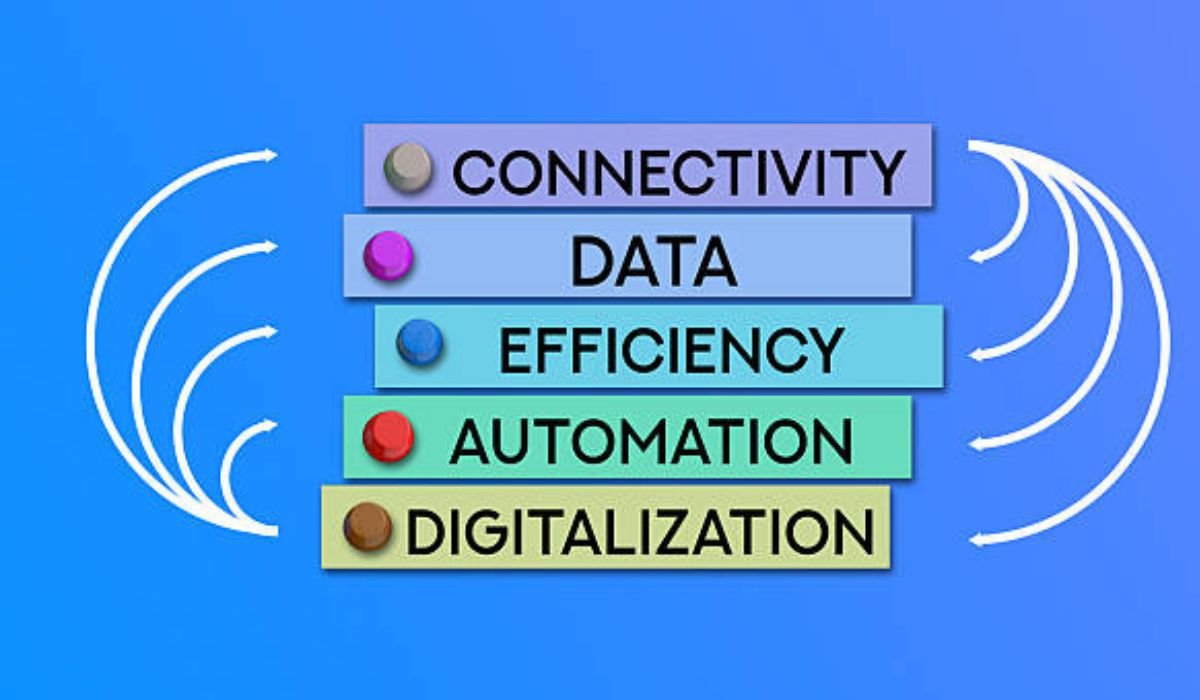The way we shop has changed dramatically. Customers don’t think in terms of ‘online’ or ‘in-store’ anymore; they think ‘shopping.’ They might browse your website on the bus, check stock on their phone outside your physical shop, and then complete the purchase with a quick tap inside.
For retailers, keeping up with this demand for a fluid, ‘no-fuss’ experience can feel like a mission. The secret weapon that makes this all possible? A modern retail POS system.
This system has evolved from a simple calculator and cash drawer into the central command centre for your entire business. It’s the key to unifying your inventory, customers, and sales channels, enabling you to deliver a genuinely seamless shopping experience that fosters loyalty and encourages repeat business.
Here’s how a top-tier retail POS system is enabling retailers to meet and exceed these sky-high customer expectations.
1. The Omnichannel Unifier: Closing the Digital and Physical Divide
The ability to treat all sales outlets on your site, in your application, and in your physical store as a single entity is the most significant factor behind smooth shopping.
- Live-time Inventory Update: The last thing a customer would want to hear after ordering something online is that it is out of stock, or that they have gone to a store and glance at its website only to realise the shelf is empty. The inventory master is a contemporary point-of-sale system for retail. It aligns stock values in real time across all channels, providing customers with certainty.
- Flexible Fulfilment: The POS simplifies complicated shopping. It supports Buy Online, Pick Up In-Store (BOPIS), Buy Online, Return In-Store (BORIS), and even Ship-From-Store. The POS will prevent you from missing out on a sale by allowing staff to check stock across the entire network on the shop floor.
This capability eliminates customer friction points and provides them with the highest convenience, the power to shop their way.
2. Rapid Checkout and Flexibility: Removal of the Bottleneck
Customer satisfaction dies at the checkout counter. A fantastic shopping experience can be ruined in an instant by slow service and cash-only options.
- Mobile POS (mPOS): newer systems can be cloud-based and operated on a tablet or smartphone. The mPOS allows staff to check out a customer anywhere in the store, on the shop floor, in a fitting room, or in a queue. This line-busting capacity is gigantic during peak trading seasons, making transactions quick and irritation-free.
- Accepting all forms of Payment: Customers want to pay however they wish. The POS should be able to process all types of cards, including contactless (tap-and-go), mobile wallets (Apple Pay, Google Pay) and even digital gift cards. A smooth payment gateway means that all transactions are carried out safely and within a few seconds.
- Make Returning and Exchange Simple: Easy-going returns develop immeasurable customer confidence. A contemporary POS system can quickly check purchase history (without a paper receipt) and, almost instantly, the refund/exchange is processed and the inventory is automatically updated; all in a few seconds.
3. Customised Service: The Story of Your Customer.
The shopping experience must be personal to feel truly seamless. Regardless of the channel, customers expect you to remember their preferences as well as past interactions.
- Integrated CRM (Customer Relationship Management): All interactions, whether a purchase, an online interaction, a returned product, or a loyalty point earned in-store, are stored in a single universal customer profile by the POS.
- Empowering Sales Associates: With mPOS devices, employees can access this complete customer history on the shop floor. They can welcome a customer by name, recommend accessories for a recent online purchase, or even contact a customer to let them know a product that was out of stock is back in stock. This revolution makes a cashier a high-value personal shopper.
- Rewards: The optimal POS systems seamlessly integrate loyalty programmes. The system is automatic: the customer accrues and redeems points at checkout, making customer participation effortless and encouraging repeat business.
4. Information-Based Availability: Always Having the Right Stock
Availability is the key to seamless shopping. In case customers do not find what they want, the experience collapses.
- Precise Inventory Forecasting: The more innovative forecasting tools that the retailers can employ by analysing the sales trends, peak purchase times, and product performance using the POS data. This allows the capital to be used on less-inventory items that are not selling, rather than on the popular items when customers need them.
- Endless Aisle: This POS-driven feature lets employees view the company’s inventory (both at the warehouse and at the till) in its entirety, either on the tablet or at the till. If a customer wants a specific size of a shoe but it is not available in the store, the personnel can order it and deliver it to the customer on the spot, or have it delivered right to their door. This saves the sale and delights the customer.
The retail POS system is the engine that drives modern customer satisfaction. By unifying all sales and inventory data, speeding up the checkout process, and empowering staff with total customer knowledge, it eliminates the friction points that once frustrated shoppers. For today’s savvy retailer, investing in a robust, cloud-based system isn’t just about managing money; it’s about engineering a flawless, memorable, and profitable experience for every single customer. It’s truly a game-changer.
You May Also Like: 6 Ways to Use an AI Video Generator for Your Business Marketing











